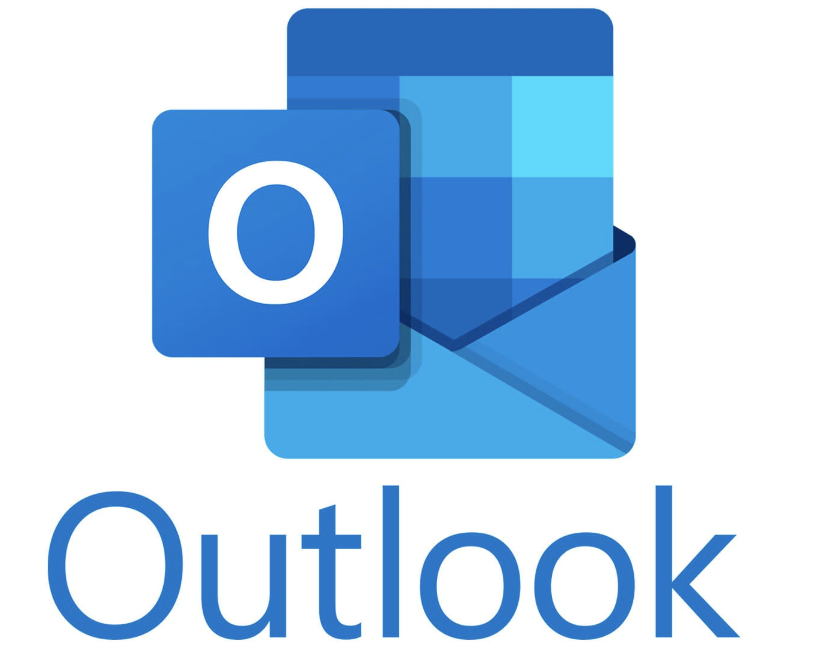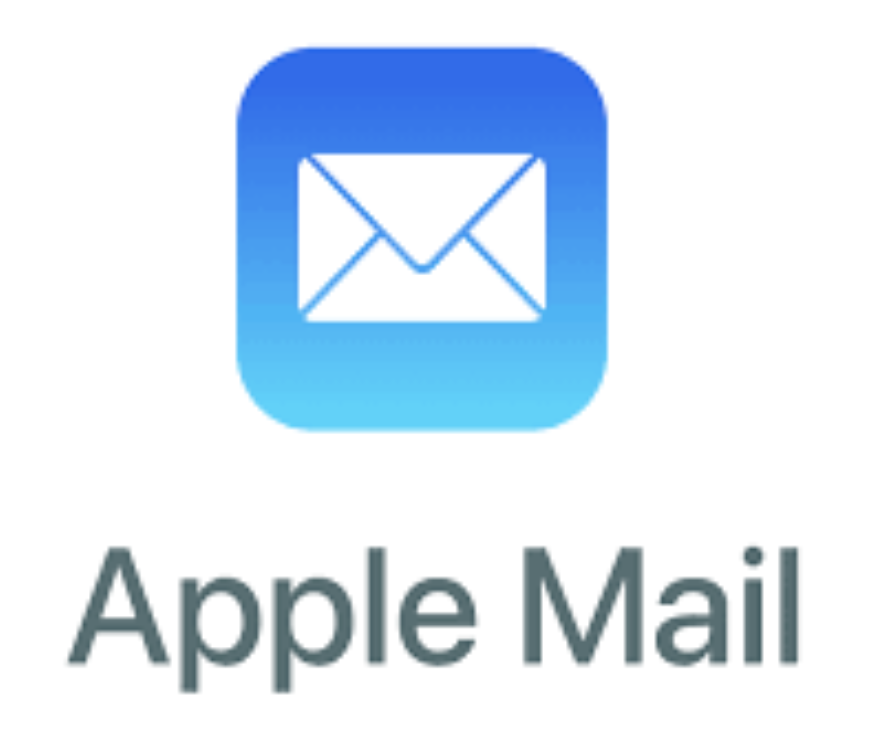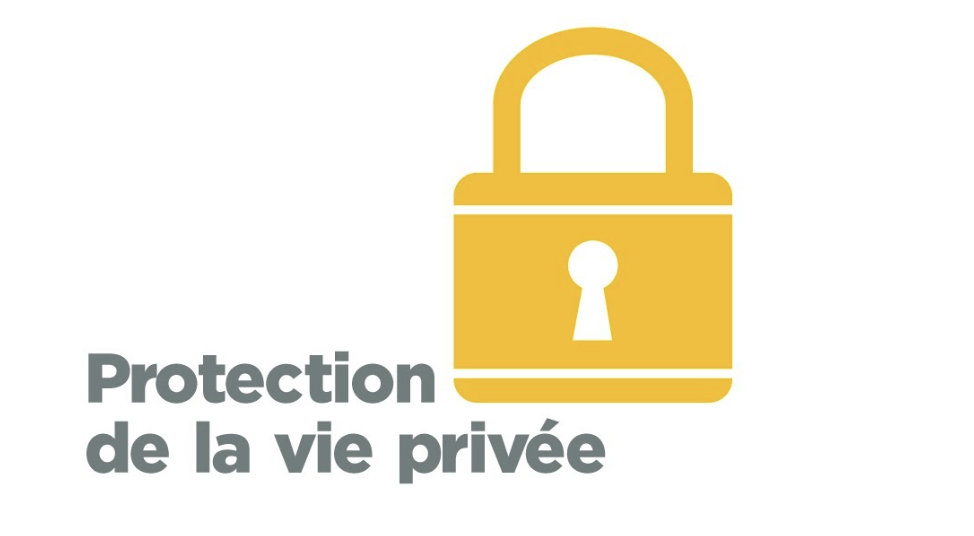
Back to hub
Blog
Marketing
B2B Prospecting
Mastering BCC Email: Best Practices for Effective Communication

Mathieu Co-founder
Published on May 19, 2025Updated on Aug 1, 2025
BCC email hides recipient addresses to maintain privacy. It’s useful for mass emails. Learn what BCC is, its benefits, and how to use it.
Key Takeaways
BCC keeps email addresses private, which helps maintain confidentiality and reduces spam risks.
Use BCC for mass emails, newsletters, or one-way communication to avoid clutter and protect recipient privacy.
Be mindful with BCC to avoid trust issues; it shouldn’t be used for private conversations or to inform others without the main recipient’s knowledge.
Understanding BCC Email
BCC, or Blind Carbon Copy, is a feature that allows you to send emails to multiple recipients while keeping their email addresses hidden from each other. This is particularly useful when you want to maintain the privacy and confidentiality of your recipients’ information. Unlike the To and CC fields, where all recipients can see each other’s email addresses, the BCC field ensures that each recipient only sees their own address, protecting their privacy. Carbon paper is often used in various contexts, but in email communication, the BCC feature is essential for privacy.
Using BCC is not just about privacy; it’s also about security. When recipients’ email addresses are hidden, it reduces the risk of spam and potential virus distribution. This is especially important for mass emails, where exposing a large list of email addresses can lead to unintended consequences.
In essence, the BCC feature is a powerful tool for safeguarding the privacy of your recipients and ensuring that your emails are both professional and secure. Mastering the use of BCC enhances your email communication and fosters trust with your recipients.
BCC vs. CC: Key Differences
While both BCC and CC fields allow you to include multiple recipients in an email, they serve different purposes. The CC (Carbon Copy) field lets all recipients see each other’s email addresses, making it ideal for transparent communication among a group. On the other hand, the BCC field conceals email addresses, ensuring privacy. Additionally, understanding the cc and bcc fields can enhance your email communication.
The privacy advantage of BCC is particularly significant when sending emails to a large audience. BCC protects recipient identities and prevents their email addresses from being exposed to others. This is not only a matter of courtesy but also a security measure, as it helps avoid spam triggers and potential virus distribution.
While CC suits open communication with transparency, BCC is vital for maintaining privacy and security in your email communication. Knowing when to search use each feature, including the cc function and the bcc function, can greatly enhance your email etiquette and effectiveness.
How to Use the BCC Feature
Using the BCC feature is straightforward, but the exact steps can vary depending on the email client you use. In most email interfaces, the BCC field is located below the To and CC fields. In Outlook, for instance, add recipients in the BCC field by creating a new email, clicking on Bcc, entering addresses, composing your message, and hitting Send.

In microsoft outlook for Mac, enable the BCC field by selecting Settings in the Outlook menu and opting to show the BCC field by default. In Apple Mail, display the BCC field by selecting ‘View’ in the menu and clicking on ‘Bcc Address Field’ to make it visible.

No matter which email client you use, the BCC feature is easily accessible and straightforward to use. Familiarizing yourself with the steps to add BCC recipients allows you to send existing email efficiently while maintaining recipient privacy.
Advantages of Using BCC
Using BCC in your emails offers several advantages, starting with protecting recipient privacy. When you use BCC, recipients cannot see each other’s email addresses, ensuring confidentiality. This is particularly important for large group emails where maintaining privacy is crucial.
Another significant advantage is the reduction of spam and virus risks. Since email addresses in the BCC field are hidden, it minimizes the chances of those addresses being harvested for spam or malicious purposes. This is especially beneficial for marketing campaigns, where protecting recipient privacy can build trust and prevent exposure to unwanted ads. The benefits of using the BCC field are clear.
Using BCC also helps maintain a clean and organized email thread. Recipients in the BCC field do not receive replies from other recipients, which prevents inbox clutter and excessive replies. This can be particularly useful in professional settings where clear and concise communication is essential.
In summary, the advantages of using BCC are numerous. From protecting privacy and reducing spam risks to maintaining organized email threads, BCC is a powerful tool that can greatly enhance your email communication.
When to Use BCC in Your Emails
There are specific situations where using BCC is particularly beneficial. One such scenario is sending mass emails. Using BCC in mass emails prevents accidental ‘Reply All’ responses, which can clutter inboxes and create confusion. This is especially important in large group communications where maintaining a clean and organized email thread is crucial.
BCC is also ideal for one-way communication, such as newsletters, announcements, or promotional messages, where no direct responses are expected from the recipients. Placing recipients in the BCC field ensures that sensitive information remains confidential and email addresses are protected.
BCC is a valuable tool for maintaining recipient privacy and ensuring efficient, effective communications. Whether you’re sending a newsletter to a large audience or making an announcement that doesn’t require a response, using BCC can help you achieve your communication goals.
Common Mistakes When Using BCC
While BCC is a powerful tool, it’s important to use it correctly to avoid common mistakes. One major mistake is using BCC for forwarding private conversations. This can damage trust among colleagues and create a sense of secrecy. It’s best to avoid using BCC for sensitive private matters to maintain transparency and trust in your communications.
Another misuse of BCC is informing someone about a conversation without the main recipient’s knowledge. This can create misunderstandings and trust issues, as the primary recipient is unaware that others are being looped into the conversation, including primary and secondary recipients. Using BCC responsibly ensures that your communications remain professional and respectful.
Enhancing Email Etiquette with BCC
BCC can play a significant role in enhancing email etiquette by putting respectful and professional communication first. For example, when you use BCC, other recipients will not see the names of those included in the BCC field, maintaining their privacy and avoiding any potential awkwardness.
However, it’s important to be aware of potential pitfalls. A common error occurs when a BCC recipient unintentionally hits ‘reply all,’ revealing their inclusion to others and potentially leading to trust issues. Communicate transparently and avoid relying solely on BCC to prevent such situations, especially when there are more than one recipient.
Using BCC responsibly and transparently enhances your email etiquette and helps maintain professional business relationships. Clear communication and respecting recipient privacy are key to effective and respectful email practices.
Automating BCC Emails
Automation tools like AutoBCC software can greatly streamline your email communication efforts. AutoBCC facilitates the automatic addition of a long list of BCC recipients to emails, ensuring that important contacts are always included without manual effort.
Setting up AutoBCC involves defining rules for which email addresses or domains will receive BCCs, providing customization based on user needs. For instance, you can configure AutoBCC to send updates to team members, allowing for internal communication without burdening external email threads.
By automating BCC, you can ensure consistent and efficient communication while maintaining recipient privacy. AutoBCC helps manage your email efforts effectively, whether for internal updates or external communications.
Marketing Campaigns and BCC

In marketing campaign, BCC is essential for addressing individual attendees while maintaining their privacy. Marketers often need to send emails to a large audience for an event, and BCC helps protect recipient privacy while ensuring that the message reaches everyone.
Maintaining recipient privacy through BCC allows marketers to build trust and prevent recipients from feeling exposed to spam or unwanted solicitation. This trust is crucial for the success of marketing campaigns, as it encourages recipients to engage with the content without fear of their information being misused. Additionally, managing the recipient list effectively can enhance this trust.
Incorporating BCC into marketing strategies ensures effective communication and respects the privacy of individuals, enhancing the overall impact of campaigns. By using BCC, marketers can maintain professionalism and build stronger relationships with their audience.
Summary

In summary, mastering the BCC feature in email communication offers numerous benefits, from protecting recipient privacy to maintaining clean and organized email threads. By understanding the differences between BCC and CC, knowing how to use the BCC feature, and avoiding common mistakes, you can enhance your email etiquette and ensure your messages are effective and respectful.
Incorporating BCC into your email practices can improve your communication efforts, whether for personal, professional, or marketing purposes. Embrace the power of BCC and take your email communication to the next level.
Frequently Asked Questions

What does BCC stand for in email?
BCC stands for Blind Carbon Copy, letting you send emails to multiple people without them seeing each other's addresses. It's a handy way to keep things private!
When should I use BCC in my emails?
You should use BCC for mass emails or when you're sending announcements to protect recipients' privacy and keep the response clutter down. It's a smart way to communicate without overloading inboxes!
How do I add BCC recipients in Outlook?
Just start a new email in Outlook, click on BCC, add the addresses you want to include, compose your message, and hit Send. Easy peasy!
What are the advantages of using BCC?
BCC is great because it keeps your recipients' email addresses private, cuts down on spam, and helps keep your email threads tidy. Plus, it’s a solid choice for marketing campaigns!
Can I automate the addition of BCC recipients to my emails?
Definitely! You can use tools like AutoBCC to automatically add BCC recipients, making your email process smoother and keeping key people in the loop.

Clear, transparent prices without hidden fees
No commitment, prices to help you increase your prospecting.
Credits
May use it for :
Find Emails
AI Action
Phone Finder
Verify Emails
€19per month
1,000
5,000
10,000
50,000
100,000
1,000 Emails found
1,000 AI Actions
20 Number
4,000 Verify
€19per month
Discover other articles that might interest you !
See all articlesSoftware
Published on Oct 30, 2025
5 Firewall Software Tools That Actually Protect Your Network (2025 Tested)
 Niels Co-founder
Niels Co-founderRead more
Software
Published on Nov 3, 2025
5 Online Reputation Management Software Tools That Actually Protect Your Brand (Without Breaking the Bank)
 Niels Co-founder
Niels Co-founderRead more
Software
Published on Nov 5, 2025
5 Marketing Analytics Software Tools That Actually Deserve Your Attention in 2025
 Niels Co-founder
Niels Co-founderRead more
Software
Published on Oct 31, 2025
5 Idea Management Tools That Actually Turn Brainstorms Into Business Gold
 Niels Co-founder
Niels Co-founderRead more
Tips and training
Published on Dec 5, 2022
Few things to avoid in your campaigns
 Niels Co-founder
Niels Co-founderRead more
Software
Published on Nov 21, 2025
5 Automation Testing Tools That'll Actually Save Your Sanity (Not Just Your Time)
 Niels Co-founder
Niels Co-founderRead more
Made with ❤ for Growth Marketers by Growth Marketers
Copyright © 2025 Emelia All Rights Reserved
